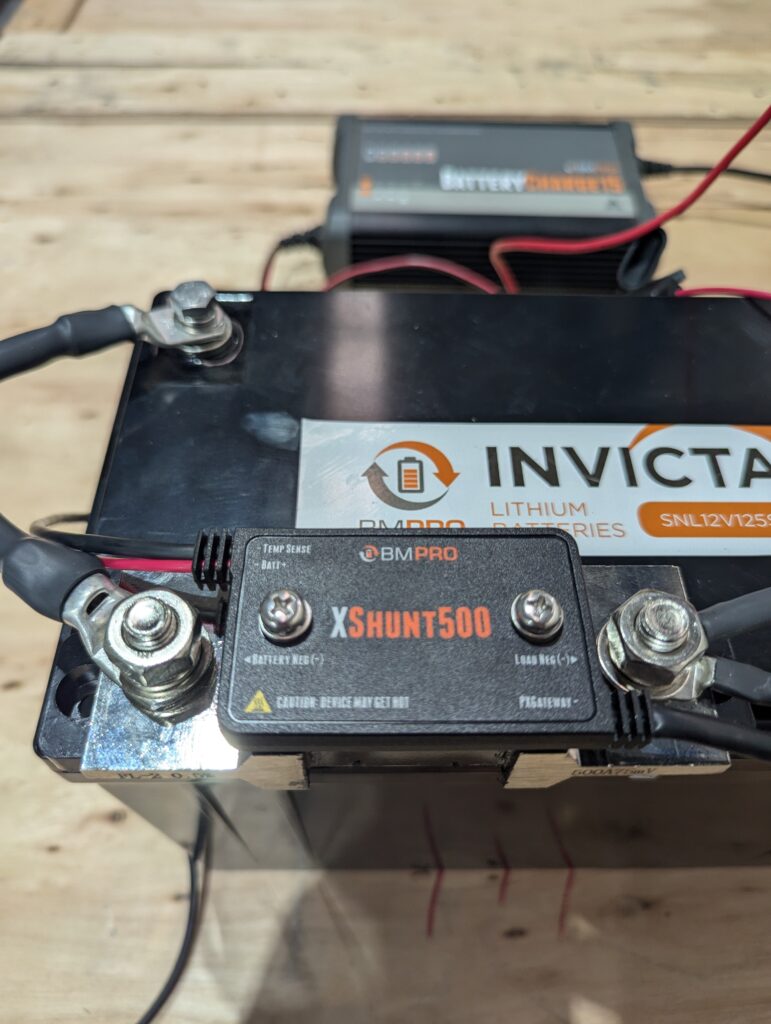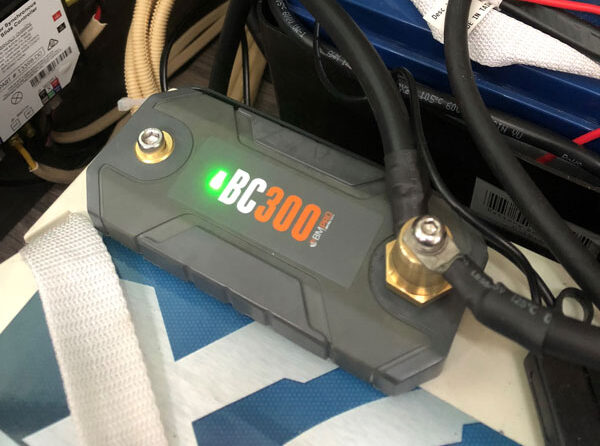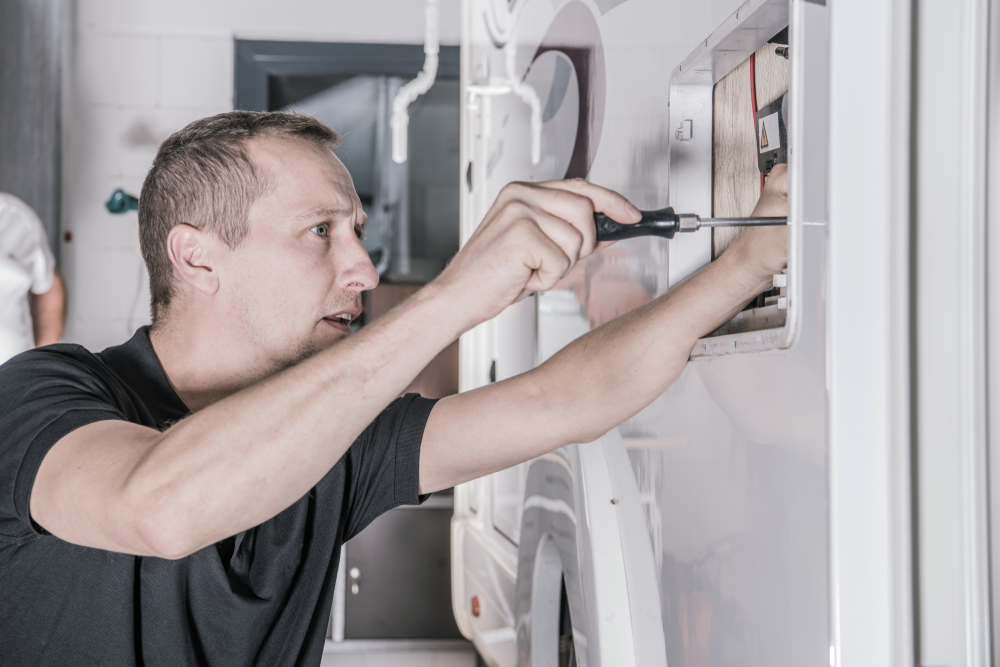
12V Guru – Uncover Your Battery’s Secrets
What’s going on with my batteries? Our 12V Guru discusses how shunts can help you track your batteries activity
Hi Guru,
Reading your magazine for years and really enjoy it. One subject I have never seen an article on that all us caravan owners constantly discuss and battle is dealing with dust. We have an Option RV off road van and cannot find an independently tested solution that we can be confident will work. I had a small hatch in one new Windsor and it let dust in. Another van owner showed me a system that required the owner to manually empty a container in the roof that caught the rainwater. No thanks!
My question to you, the Guru, is: Given every van has an Air Con mounted on the roof is it possible to run the fan off 12V somehow to create internal pressure in the van. Maybe through an inverter? I don’t mean using the heat/cold ability of the AC, just the fan.
Would really appreciate your advice.
Cheers.
Wal Sloane, NSW
G’day Wal,
Caravanning through the dry dusty terrain of Australia can lead to a constant battle against dust infiltrating your caravan. Finding ways to minimise and prevent this is key to ensuring you are not spending hours cleaning when you should be relaxing.
Running an inverter in a caravan while driving can pose several risks and complications. Firstly, inverters convert DC power from the caravan’s battery to AC power for appliances, which can significantly drain the battery if the engine isn’t supplying power consistently. This excessive drain can lead to battery depletion, leaving you stranded if the caravan battery runs out. Additionally, operating an inverter while moving adds extra load on the vehicle’s electrical system, which might lead to overheating or potential damage over time Safety is also a key issue; inverters require proper ventilation and placement to avoid overheating or accidental damage. During travel, the movement and vibrations can cause unsecured equipment to shift, creating hazards. For these reasons, it’s prudent to use the inverter only when the caravan is stationary and safely parked.
As a matter of safe electrical practise your caravan should not be running any 240V electrical outputs whilst in motion. All inverters should be isolated with a simple on/off switch and as part of your shutdown/pack up process before driving off the inverter should be switched off. Safety first! Only DC power should every be used when a vehicle is in motion – e.g. solar or auxiliary charging the batteries. AC power systems and appliances are only designed for use whilst stationary.
Whilst from a technical perspective you could run the AC from the battery system it would pose such a demand on energy requirements that you would arrive at your next destination with no power for overnight requirements. Most travellers rely upon the DC charge available from their vehicle combined with solar during the driving time to recharge their systems. By way of example some RVers are using the opportunity to install Lithium batteries and inverters to run their air conditioners to take the heat out of the van at the end of the day (when stationary and camped). The problem with this is battery depletion and lack of opportunity to recharge.
The standard air conditioners supplied in caravans are also not fit for purpose. As a unit they are designed to be used whilst stationary, only run off 240V with no direct 12V solutions (eg. just the fan) and the filtration systems are not designed to handle such loads – you would be constantly cleaning this out and fair to suggest that fine red bulldust we all despise so much would become a permanent feature of the AC.
Hopefully this has provided you with the 12V guru technical aspect and to help out further we suggest considering the seals in your caravan which play a crucial role in keeping dust and debris out. To maintain their effectiveness, regular inspections and maintenance are essential. Start by checking the seals around doors, windows, and hatches for signs of wear or damage. Cracks, splits, or hardening can compromise their ability to keep dust out. Replacing worn-out seals promptly prevents larger issues and maintains the integrity of your caravan’s interior. Cleaning the seals is equally important. Use a mild soap solution and a soft brush or cloth to gently clean the seals, removing any dirt or grime that could hinder their performance. Avoid any harsh chemicals or abrasive tools that could damage the rubber. Lubricating seals with a silicone-based product helps keep them supple and flexible, enhancing their ability to form a tight seal against dust and other particles.
By keeping up with these maintenance practices, you’ll ensure your caravan seals do their job effectively, keeping the interior clean and dust-free and that famous red dust minimised eliminating the need for a positive pressure system.


What’s going on with my batteries? Our 12V Guru discusses how shunts can help you track your batteries activity

An electrical shunt is a critical component in electrical circuits. Find out why it’s important and how it functions right here.

Our 12V Guru discusses what to look for in safety and functionality with 12Volt wiring when looking at second hand vans
